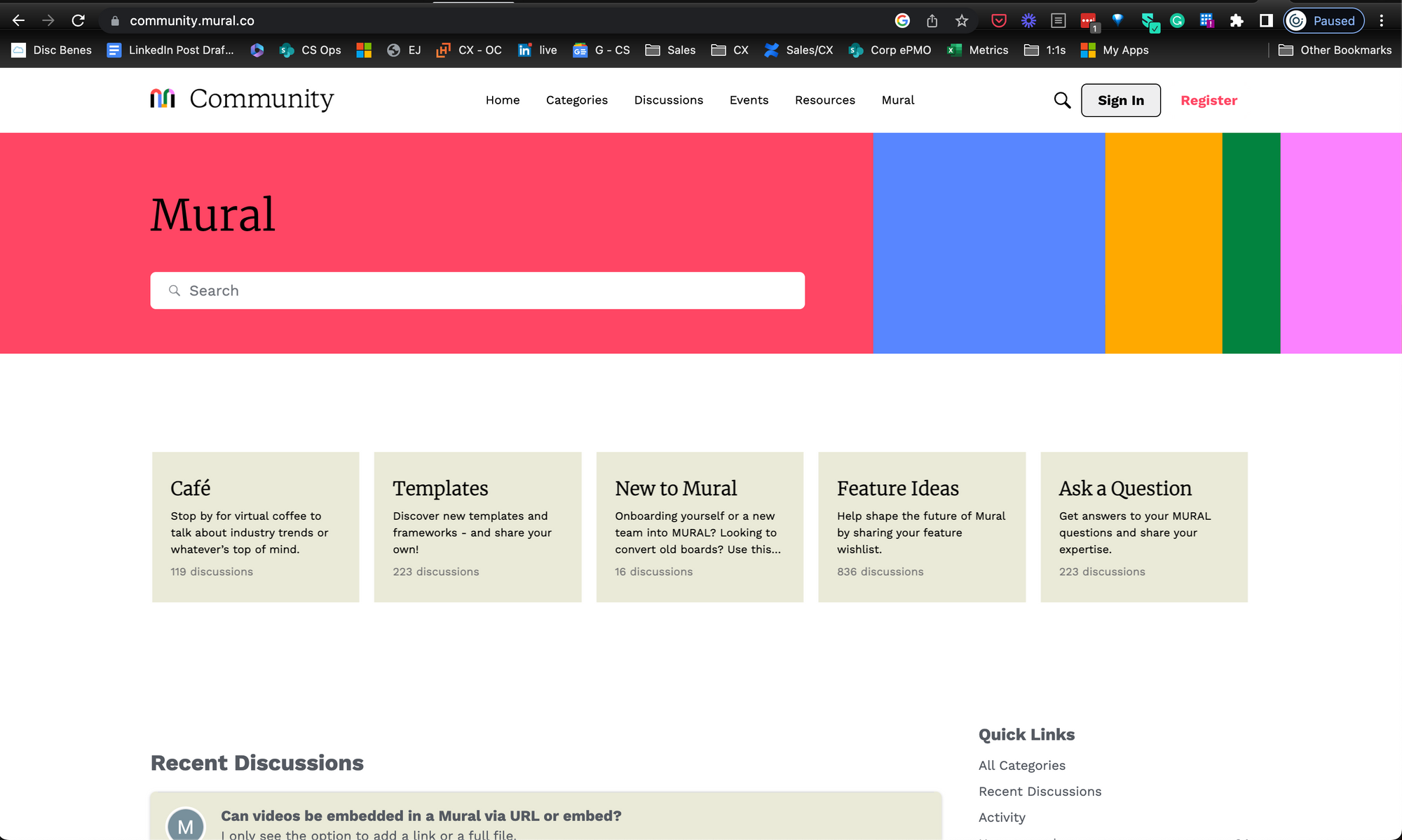Your customers need more than a CSM to be successful.
Over the past decade, customer success managers have become the de facto owners of the customer experience in many B2B tech companies.
There are a few challenges with this:
1. Turnover
If customer contacts or CSMs exit the company, we lose the momentum we had in the relationship. This is a dangerous SPOF (single point of failure).
2. Quality
If many team members are executing repetitive, duplicative enablement, support, and consulting tasks, managing quality across them becomes almost impossible. Of course, you can have playbooks and documentation, but this doesn’t scale well and creates another single point of failure for the customer. If a CSM is ill-equipped, the customer relationship will suffer.
3. Cost
Employing an army of CSMs to have bespoke conversations with every customer does not scale in the long run. Over the past nine months, it’s become clear that we need to focus CSMs on interactions that create and demonstrate value and drive retention and expansion.
The SaaS industry is in the midst of a correction post-Pandemic, and we must deliver more effectively and efficiently.
Fortunately, there’s a better way: community-driven, scaled success programs.
Start by identifying the biggest drivers of your teams’ one-on-one customer emails, calls, and support cases. Pool insights from CSMs, Support, and Professional Services to prioritize programs to address them.
Here are a few programs we’ve launched at Higher Logic and that we see our peers and customers implementing as well:
Office Hours – A recurring call (same day/time each week or month) hosted by a CSM. Record the call, post the video and a summary in a new discussion thread in your community, and invite additional discussion. Pick focused topics for each call and ask your customers to join live.
Expert Webinars – Specialized, recurring enablement and best practice webinars. Identify a customer who’s doing something great and set up a Zoom call to let them show it off. Publicize it to your customers. Record and post to a new community discussion thread for ongoing reference and discussion.
Enablement Webinars – A great example of this is a weekly new user onboarding webinar (vs. CSMs doing one-off calls with every new user). Check out how Pendo does it here.
Newsletter – Publish a bi-weekly newsletter with product updates and helpful content. Select customer stories to highlight (make them the star of the show). Provide relevant industry content in addition to product news.
Our CSMs record a monthly video update they send to all their customers. Everyone follows a core script but adds their own personalization and flare to the video they create.
Online Community – Create an online group where customers can interact virtually. Start with LinkedIn, Slack, email group, or even Facebook (if your customers are consumers).
Eventually, you will want to deploy a community platform. But don’t let the adoption of community technology slow you down here. It’s easier to justify investment in a community if you can prove the value of these programs today.
A community eventually serves as the customer “hub” for programs, resources, and peer networking. Check out how Mural centralized resources for users with Higher Logic Vanilla 👇
Community-driven success programs create resilient customer relationships, improve the quality of enablement and support, and reduce costs.
But we must choose to work differently. One-to-many, leaving repetitive communication and lower-value enablement tasks to the programs.
CSMs can then use the newfound time savings to engage proactively and strategically, differentiating them from support and account management.
As a customer expressed last week, “A community is a price of entry for B2B SaaS.”
I couldn’t agree more.
Are you leveraging community strategies to scale your customer success practice this year? If so, hit reply and let me know how it’s going and what you are learning.
🤘

